While the Pilot’s Operating Handbook shows VMC for the aircraft, the VMC in flight varies depending on many conditions. It’s similar to the published stall speed vs. the stall speed for your current load factor. Remember, you can stall the aircraft at any airspeed but only at one angle of attack. The same is true of loss of control during asymmetric flight, which can occur at any airspeed. When you lose an engine in a twin, the difference between the published VMC and the actual VMC for your conditions is critically important.
Published VMC
The published Minimum Control Airspeed in the Pilot’s Operating Handbook is primarily determined by the amount of torque developed by the operating engine and the size of the vertical stabilizer and rudder to oppose that torque. However, more conditions play an essential role in determining VMC. Bank angle has a significant, often unappreciated role, as does aircraft weight. When designing an aircraft, the engineers have to make trade-offs and compromises. The design team would like high-horsepower engines for speed and a small vertical stabilizer/rudder for weight savings and lower drag. However, this combination of high torque and small vertical surface area increases the minimum control airspeed. To help the designer lower the VMC, the FAA allows a bank of up to five degrees toward the good engine.
Conversely, to make the condition closer to worse case, it has to be done at aft CG, low weight, a windmilling propeller on the critical engine side (unless the aircraft has auto feathering), and maximum power on the good engine. It should be noted that the low weight is only a penalty if it is in conjunction with a bank into the good engine. Higher weight yields a higher VMC if banked into the dead engine.
To be knowledgeable about asymmetric powered flight, multiengine pilots should familiarize themselves with the aircraft certification requirements. FAA Advisory Circular 23-8C (Flight Test Guide for Certification) provides the experimental flight test pilots with the recommended methods to determine VMC. It has some revealing statements. The Advisory Circular states: “There are variable factors affecting the minimum control speed. Because of this, VMC should represent the highest minimum airspeed normally expected in service.”
However, “normally expected in service” is misleading. Paragraph 2.4.4.b.(3) points out that bank into the good engine is allowed (flight test pilots certifying a new aircraft will do this because it lowers the VMC and reduces drag). Also, paragraph 2.4.4.b.(1) states that maximum aileron deflection can be used to obtain the bank angle. Remember that at the lower airspeeds the ailerons will be less effective in establishing a favorable bank. It can require full aileron deflection to establish a small bank angle into the good engine and the Advisory Circular permits this.
Furthermore, paragraph 2.4.4.b.(1) states that maneuvering may not be possible at VMC. In other words the flight test pilot may have been aggressive in determining VMC such that you cannot make a turn without losing control. After the manufacturer’s test pilots have collected all the data and it has been extrapolated to sea-level conditions, the “published” VMC will be listed in the Limitations section of the Pilot’s Operating Handbook. It will also be marked as a red line on the airspeed indicator.

Actual VMC
The actual VMC in flight depends on how you are operating the aircraft. It is doubtful that you are flying it as precisely as the experimental test pilot who collected the VMC data. Typically, your actual VMC will be considerably higher. Some multiengine pilots have said, “The FAA put in so many safety factors into determining VMC it isn’t an issue in real life.” If that is the case, why are there so many fatal VMC rollover accidents year after year?
Effects of Bank and Weight
The C-130 Hercules Performance Manual provided VMC vs. aircraft weight graphs at various bank angles. The effect of weight was eye-opening. Harry Horlings’ paper “Control and Performance During Asymmetrical Powered Flight” also provided charts and much more detailed information about safely operating the aircraft after an engine failure. As mentioned, a heavy aircraft has a lower VMC only in conjunction with a bank into the good engine. If banked into the dead engine, that weight component is shifted to the dead engine side, increasing VMC. Harry’s example was a four-engine aircraft with the outboard engine failed. The VMC was 95 knots at a three-degree bank into the good engines. But the VMC shoots up to 169 knots with a bank angle of five degrees into the dead engine. Furthermore, if the aircraft is heavy, the VMC increases to 195 knots at the same five-degree bank into the dead engine. (To emphasize the point, this is 100 knots faster than the published VMC number.)
Vertical Fin Stalls
When you lose an engine, you must first maintain or increase airspeed, identify, verify, and feather the dead engine. However, there are additional items needed to maintain control. Primary among these is stopping the yaw toward the failed engine. If it isn’t stopped, the loss of control can happen startlingly fast. It can be deceiving because the yaw may seem to start slowly, only to accelerate the longer it persists. If the slideslip becomes too great the vertical stabilizer/rudder (vertical fin) can stall and the aircraft will snap into a spin.
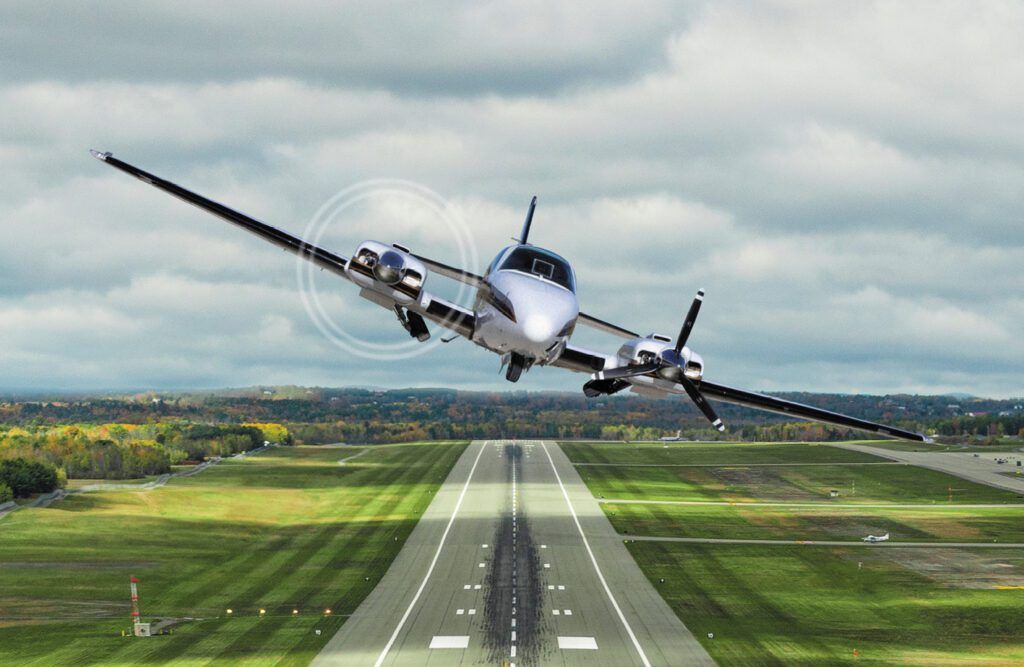
The NTSB analyzed video of the October 30, 2014 crash of a B200 King Air at Wichita, Kansas. Their report (CEN15FA034) states: “…during the last second of flight showed the airplane had a 29° nose-left sideslip…” It rolled left and crashed. While the NTSB did not attribute the crash to stalling the vertical stabilizer/rudder, all airfoils have a critical angle of attack, even the vertical stabilizer/rudder. Most airfoils will stall at an angle of attack less than 29 degrees. (Sideslip angle = displacement of the fuselage center line from the relative wind.)
The C-130T Flight Manual states: “If the airplane is maneuvered to abnormally high sideslip angles (15-20 degrees), a fin stall resulting in large yawing transients and a loss of directional stability can be encountered.” The U.S. Naval Test Pilot School Flight Test Manual also discusses vertical tail stalls with large slide slips in Chapter 6.
A few multiengine pilots argue that the design of the vertical stabilizer/rudder is such that it will not stall when operating with asymmetric thrust. This is true if you are operating the aircraft correctly (relative wind close to on-the-nose). However, if you allow a large sideslip to develop, perhaps by first stepping on the wrong rudder pedal, you set yourself up for a vertical tail stall. When you notice your mistake and push on the correct pedal, you are increasing the angle of attack on the vertical stabilizer/rudder, which can lead to the surface stalling and a resulting spin.
So, what’s the solution if you have unintentionally created a high yaw/sideslip situation? Pitch over to increase the airspeed and rudder effectiveness while simultaneously reducing thrust on the good engine to reduce the asymmetric thrust. Once the yaw is sufficiently reduced you can gradually restore power on the good engine.
If the engine quits before raising the gear in a light twin on takeoff, the FAA recommends “keeping the nose as straight as possible, close both throttles, [lower] the nose to maintain airspeed and descend to the runway. Concentrate on a normal landing and do not force the aircraft on the ground. Land on the remaining runway or overrun. Depending upon how quickly the pilot reacts to the sudden yaw, the airplane may run off the side of the runway by the time action is taken. There are really no other practical options … the chances of maintaining directional control while retracting the flaps (if extended), landing gear, feathering the propeller, and accelerating are minimal.”
If you lose an engine in the climb after takeoff, muscle memory is not going to work well to control this situation. You must be ready to apply much more yoke and rudder than expected and be mentally prepared to reduce power on the good engine(s) if required. You cannot practice this in the aircraft because of the safety aspects.
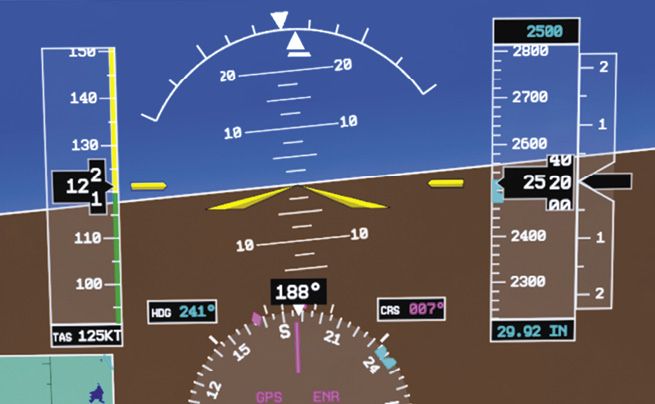
Standard VMC training barely touches the issue but doesn’t give you the ugly experience. My multiengine training gave me the false sense that VMC was no big deal. My “VMC awaking” was in a simulator. I had inadvertently gotten below VMC with a feathered prop on the left side. As soon as I touched the prop lever to return to normal flight, the aircraft rolled faster than I had ever seen and entered a spin well before I could react. I recovered, but it left a lasting impression on me. VMC is a big deal.
Retired Delta Airlines DC-6 and DC-7 Capt. Jerry Farquhar said in the October 2021 IFR Readback section: “…all multiengine aircraft have VMC issues that are waiting to kill you if you haven’t trained to recognize the edge of loss of control. Some aircraft have nastier habits than others and some present more subtle cues than others. Do you know your airplane’s cues that it’s approaching the edge beyond which you’ll likely die?” Captain Farquhar’s full letter is very informative and it is well worth reading.
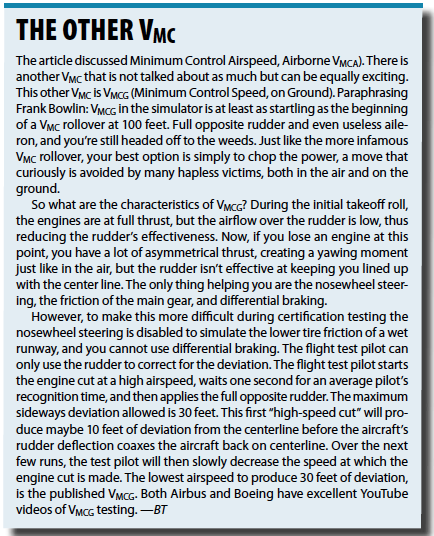 Banking into the Dead Engine
Banking into the Dead Engine
As noted, a proper bank is critical. Guidance not to bank (turn) toward the dead engine applies. As can be seen from bank angle data discussed previously, actual VMC goes up dramatically once you bank toward the dead engine.
And another source, the FAA booklet “Flying Light Twins Safely,” states: “Tests have shown that VMC [in light twins] may increase three knots for each degree of bank less than five degrees [toward the operating engine]. Loss of directional control may be experienced at speeds almost 20 knots above published VMC when the wings are held level.”
What they don’t say is VMC continues to increase if you bank into the dead engine. While it is critically important to establish the bank into the good engine, you definitely shouldn’t overdo it. Do not go past approximately five degrees. Going further will increase drag and introduce the opposite sideslip. This will again increase the chance of stalling the vertical stabilizer/rudder (fin).
The most underutilized instrument, the ball, also becomes very important in stabilizing the aircraft. Remember your training to step on the ball. However, leaving half the diameter of the ball toward the good engine will reduce the overall sideslip and drag. If you are flying your personal twin-engine aircraft, a yaw string on the nose could help you during asymmetric powered flight. While not a sophisticated instrument, the experimental test pilots will use one when establishing the “published” VMC.
Flying safely requires continuously thinking “what if.” Before advancing the power for takeoff, think about what is necessary if the engine decides to quit above VR. Remember you have five controls to prevent a VMC accident: 1) rudder, 2) ailerons, 3) elevator for airspeed control, 4) thrust on the remaining engine(s), and 5) your brain. Use all five and you will maintain control. Your learning should not end at the checkride. Continue learning and keep flying safely.
Bob Teter, a retired avionics engineer, and flight instructor studied and practiced engine-out in twins so that he’d be ready for the inevitable. That inevitable fortunately never came outside the sim—but he was ready just in case.

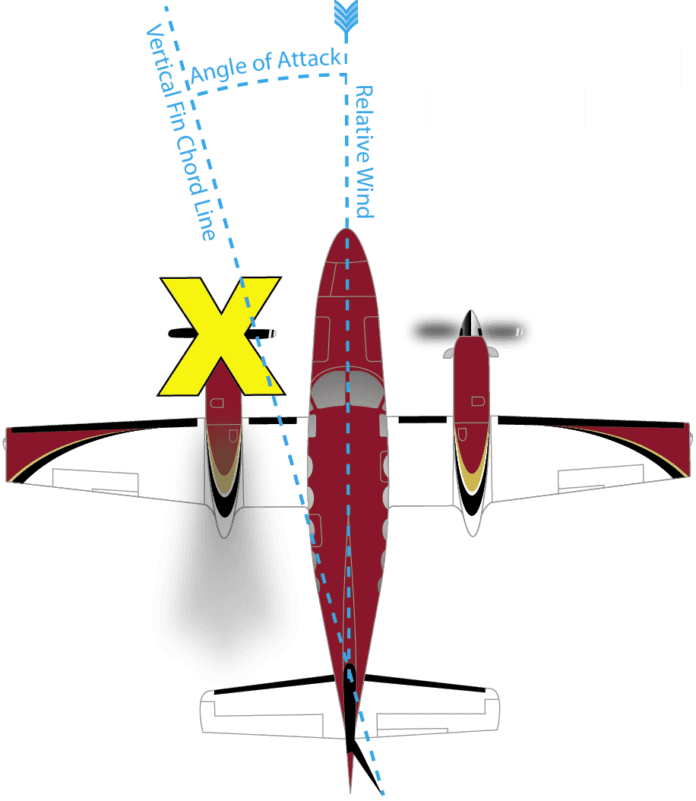

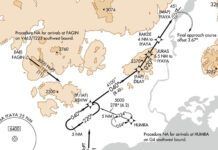
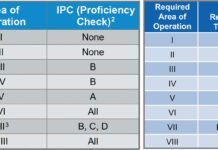
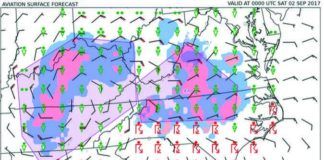
Great article. Thank you. I’m an MEI and learned or relearned somethings I was never taught or forgot.
Thanks. There is excellent reference material available. Besides Harry Harlings’ paper, Martin Pauly released a YouTube video “Multi-Engine Training – Part 2 – VMC (Minimum Control Speed)”. It has an excellent discussion of Vmc with Doug Rozendaal. It’s well worth watching; as a bonus, there is a beautiful P-51 in the background.